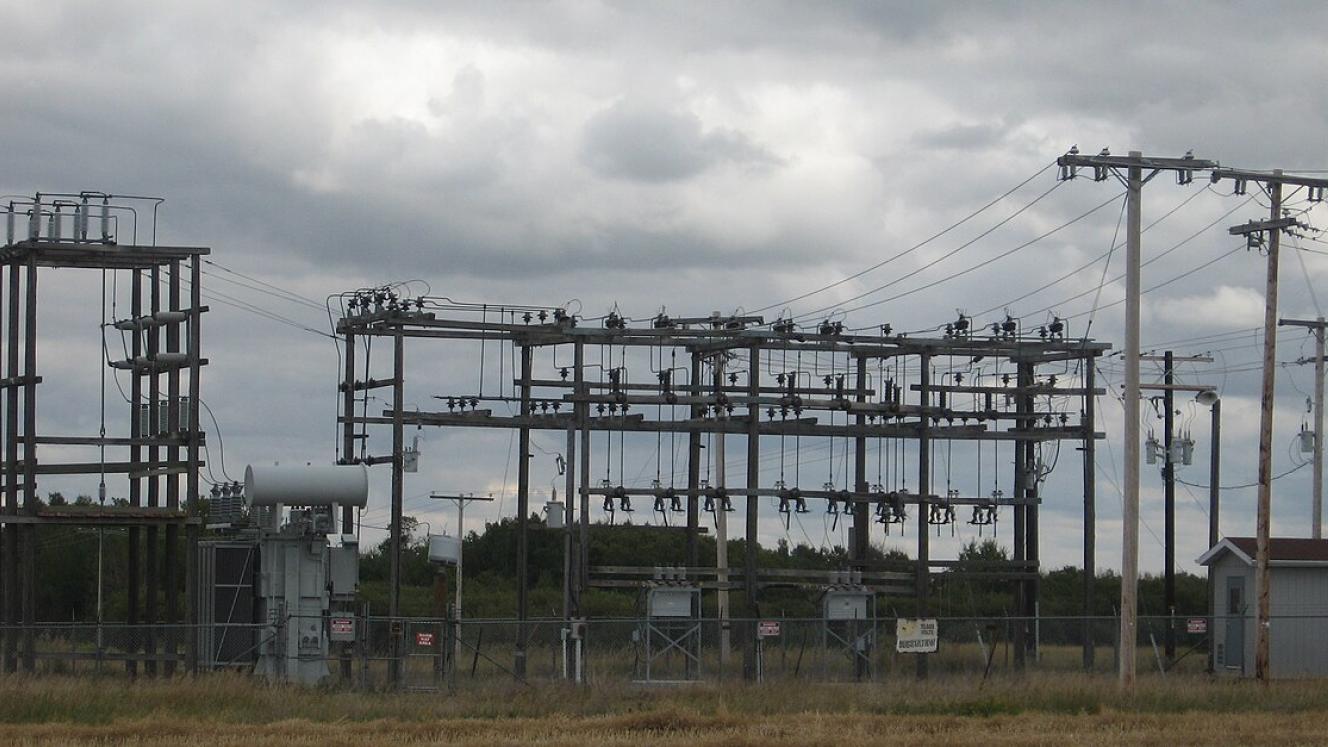Eskom engineers have developed a wireless monitoring system designed to keep high-risk distribution substations online when control cables are stolen – one of the key drivers of System Average Interruption Duration Index increases and unplanned outages.
A technical paper presented by Mohamed Fayaz Khan during the 2025 CIGRE Southern Africa Regional Conference in Pretoria from October 14-17 outlines a new aggregated wireless sensor (AWS) system designed to maintain real-time monitoring and control at high-risk substations affected by repeated copper-cable theft. At many rural and peri-urban sites, cable theft leaves transformers, circuit breakers and surge arresters without alarms or supervisory control. With no visibility of equipment condition, operators are forced to shut down the substation until replacement cables can be installed, contributing directly to extended outages and higher system average interruption duration index values.
The prototype AWS system replaces these vulnerable copper control cables with a network of battery-powered wireless sensor nodes mounted directly on primary equipment. Each node monitors specific parameters – including transformer oil and winding temperatures, oil level, circuit-breaker humidity and SF₆ status as well as surge-arrester leakage current behaviour – and sends data via a 2,4 GHz RF link to a master node in the switch room.
Testing demonstrated fast fault detection and data transmission across 300 m in roughly 40 ms with stable operation even inside an electrically noisy high-voltage laboratory. While not a substitute for high-speed protection signalling, Khan says the AWS system offers a theft-resistant backup monitoring path that preserves situational awareness and reduces unnecessary shutdowns.













